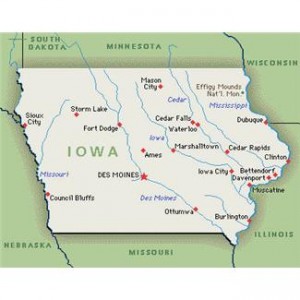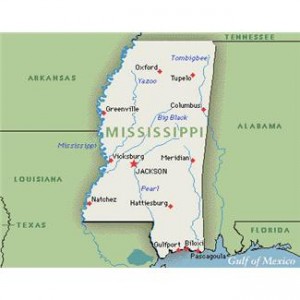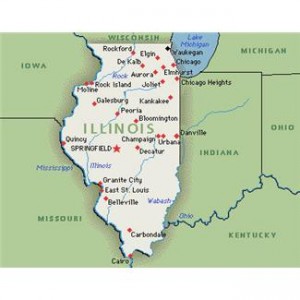For now, professional liability insurer’s coverage suit allowed despite insured’s protest that it would prejudice its malpractice suit defense
by Christopher Graham and Joseph Kelly
You’re the D&O, professional liability, or other insurer with a duty-to-defend policy. Your insured is sued in tort. You defend under a reservation of rights. But you don’t believe there’s coverage. And you don’t want to have to continue paying for a defense. So you sue for a declaration of no coverage.
You’re the insured. You’ve been sued by a party claiming injury. Now your insurer sues you. So you have two suits to address and you’re not too happy. You’re also concerned your insurer’s suit will prejudice your defense in the tort suit. You believe insurer’s suit will address issues material to your liability in the tort suit. So you argue it should be stayed. You also claim it would be bad faith for insurer to pursue a coverage suit prejudicial to your tort suit defense.
Insurer argues its suit won’t prejudice your tort suit defense and that delaying resolution of coverage would require funding a defense that isn’t covered. What’s a court to do?
Well, one court, in Federal Ins. Co. v. Holmes Weddle & Barcott P.C., et al, Case No. C13-0926JLR (W.D. Wa. Nov. 14, 2013), deferred deciding on a stay until a legal malpractice insurer and insured law firm briefed three coverage issues. As explained: “It may be that all that is needed to decide this coverage action is to apply settled contract and insurance law to a set of admitted and undisputed facts.” This court wasn’t convinced law firm’s malpractice defense would be prejudiced by addressing those three issues.
Insurer already had moved for a summary judgment. And so “the court [could] simply examine that motion to determine whether it is possible to resolve this case without causing prejudice to [the firm].” Insurer’s motion “raise[d] several arguments that could potentially resolve the question of coverage without requiring the court to find facts of consequence to the malpractice action.”
The malpractice case was about how the firm handled a pre-policy period tort suit. Insurer argued the malpractice claim during the policy period and a motion for discovery sanctions in the tort suit were “Related Claims.” In discovery for the tort suit, firm produced an incomplete claim file. After client lost at trial, the court sanctioned firm and client, finding each “‘recklessly certified’ that the claim file was complete when in fact it was not.” Client’s claim against firm in part alleged malpractice by failing to produce the entire claim file. Resolving the “Related Claims” issue wouldn’t prejudice firm’s defense in the malpractice case because it “would require the court to examine only the proximity of the relationship between the post-trial [pre-policy period] sanctions motion and [client’s policy period] legal malpractice claim.” And “[t]his inquiry does not implicate questions of causation [in the malpractice suit], it only requires the court to compare two claims to determine whether they are ‘related’ as a matter of contract and insurance law.”
Insurer also relied on prior knowledge and application exclusions. Insurer’s argument “would require the court to examine only whether [firm] knew about facts prior to January 2012 that ‘might reasonably be expected to give rise to a claim.'” Relying on Carolina Casualty Ins. Co. v. Ott, No. C09-5540 RJB (W.D. Wa. Mar. 26, 2010), the court in a similar vein concluded “[t]his limited inquiry would not prejudice [firm] in the legal malpractice action.”
So it would allow insurer’s summary judgment motion to proceed on those issues and on whether the firm must reimburse insurer for defense fees. But the court left the door open for firm to object again.
If the firm believed insurer’s arguments may prejudice its defense, it would need “to point out in a very specific manner if and where it believes resolution of these issues will require findings that would cause prejudice to its defense in the malpractice action”
“[Firm] may file a cross motion for summary judgment if it wishes, but the court will expect [it] to safeguard its own interests by raising only issues and arguments that will not cause prejudice in the malpractice action.”
The court will resolve the case by summary judgment only if it wouldn’t prejudice firm’s defense. Otherwise it would stay the case. Insurer meanwhile would continue to defend firm under a reservation of rights. Firm also agreed to indemnify insurer for defense expenses, if there was no coverage.
The court appears to have struck a fair balance between insurer and firm’s interests. Stay tuned because we may see more from this court about issues important to D&O and professional liability insurers.
Tags: Washington, professional liability, legal malpractice, management liability, D&O, duty to defend, declaratory action, stay, related claims, prior knowledge, application exclusion, prejudice
Comment » | D&O Digest, Lawyers Malpractice Digest, Professional Liability Insurance Digest
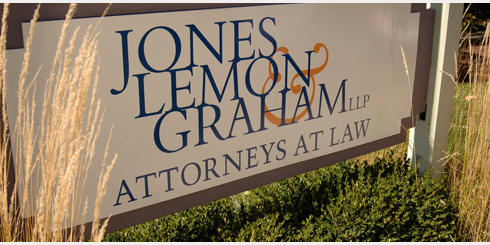

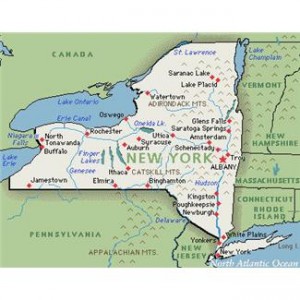
![MH900189590[1]](http://www.joneslemongraham.com/blog/wp-content/uploads/2014/02/MH9001895901-300x300.jpg)
